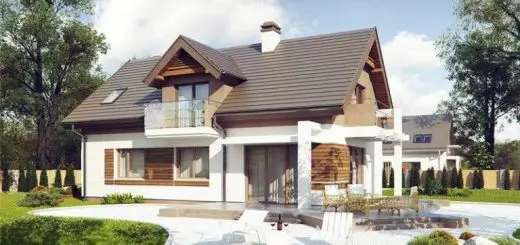The Painted Houses Of Ciocanesti – A Housewife’s Artistic Legacy
As one starts on the road from Campulung or from Vatra Dornei towards Maramures on the other side of the Eastern Carpathians, the route takes you in both cases through the village of Ciocanesti. It is a village of about 600 houses, all together forming a genuine outdoor museum. The walls of each of them wears traditional motifs of the kind that we find on painted eggs in an array of shapes and colors behind which lies a relatively recent tradition whose story we are about to tell in what follows.
The name of Ciocanesti comes from the main activity of the inhabitants for centuries on end, which is to beat (hammer) iron. As a matter of fact, many localities carry in their name such clues to ancient occupations of their inhabitants (eg. Baclesti – wood carving, village carpenters). But Ciocanesti would have been only a stopover on the route of those continuing their journey to the country of Maramures if, in the 50’s of last century, a housewife hadn’t had an artistic vision that was to kick-start an aesthetic transformation of the village that continues today.
It all started with the clever idea of Leontina Taran, a housewife from the village Ciocanest. Willing to adorn her house, she considered removing some models from her traditional clothes and applying them on the walls by help of the villager painter by the name of Dumitru Tomoioaga. That happened in 1950, and soon Leontina’s house was declared a museum drawing a lot of attention. Other villagers, seeing the success Leontina Taran enjoyed, were quick in mimicking her and they too began to decorate their homes similarly. In time, the local authorities would coordinate all these artworks, financing all the paintings. Locals say that though every popular motif displayed on their homes reflect their personality.
The houses thus resemble traditional Romanian embroidered peasant blouses, embellished with motifs drawn mostly in red, green, black and yellow. Even the church in the village has its exterior walls decorated with floral motifs. The village has become a pearl of the region of Bukovina, well placed in string of beauties which attract thousands of tourists every season. The houses are also painted in the interior and the walls are decorated with leather vests, floral skirts and shirts, all of extraordinary beauty painstakingly made and worn by several generations. The village also hosts a Easter’s painted eggs museum, another traditional craft characteristic to the area. We will let the pictures below speak for themselves about this splendid outdoor museum.
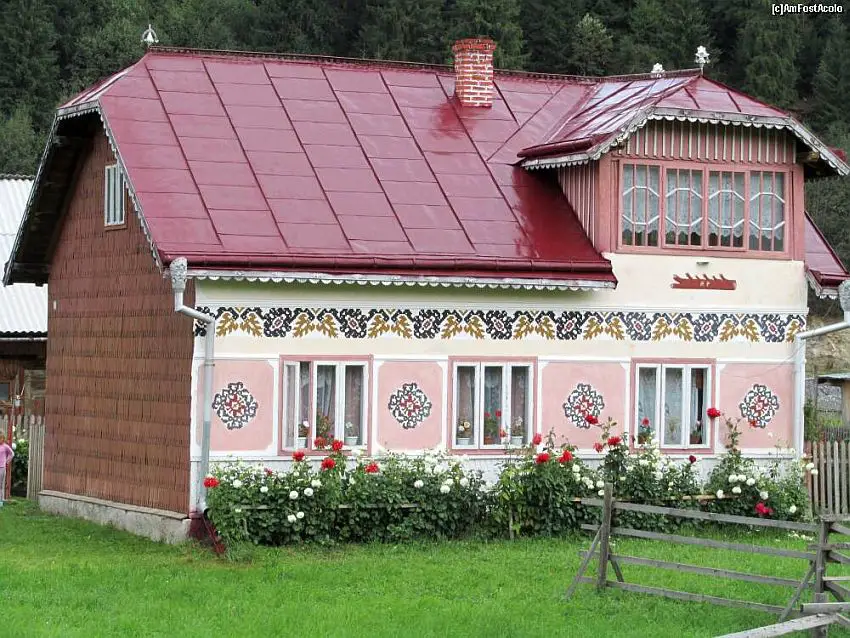
The painted houses of Ciocanesti – each house speaks of the owner’s personality Photo sources: Flick.com/Marylinn Taylor and Romanianruraltourism.drupalgardens.com
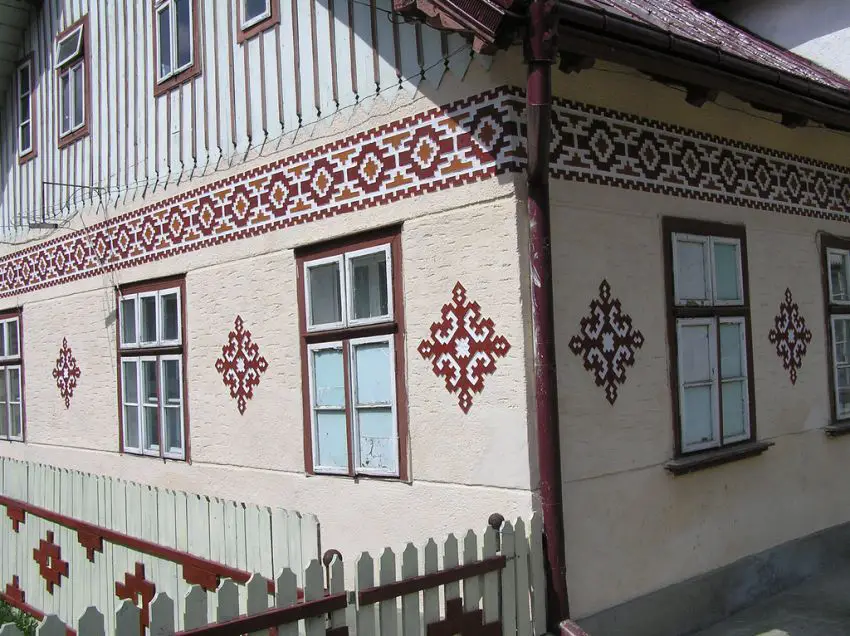
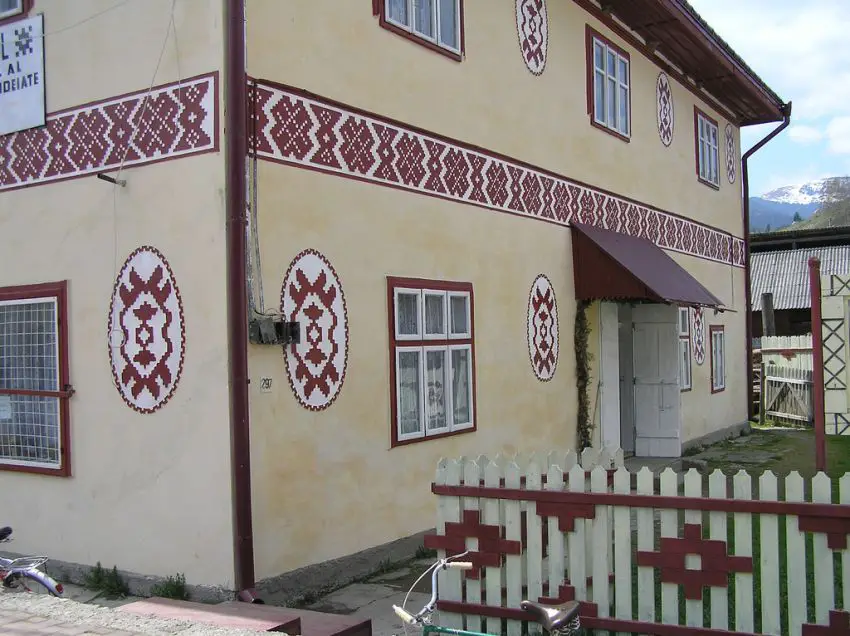
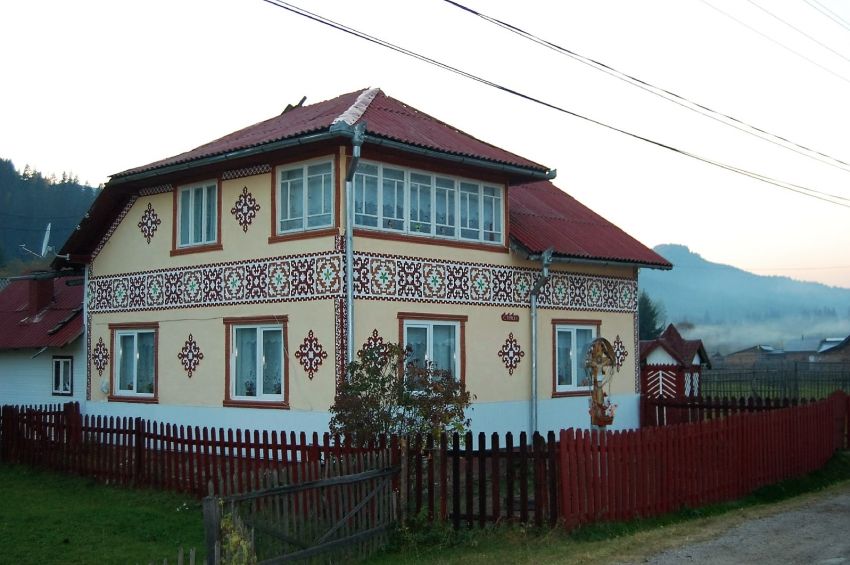
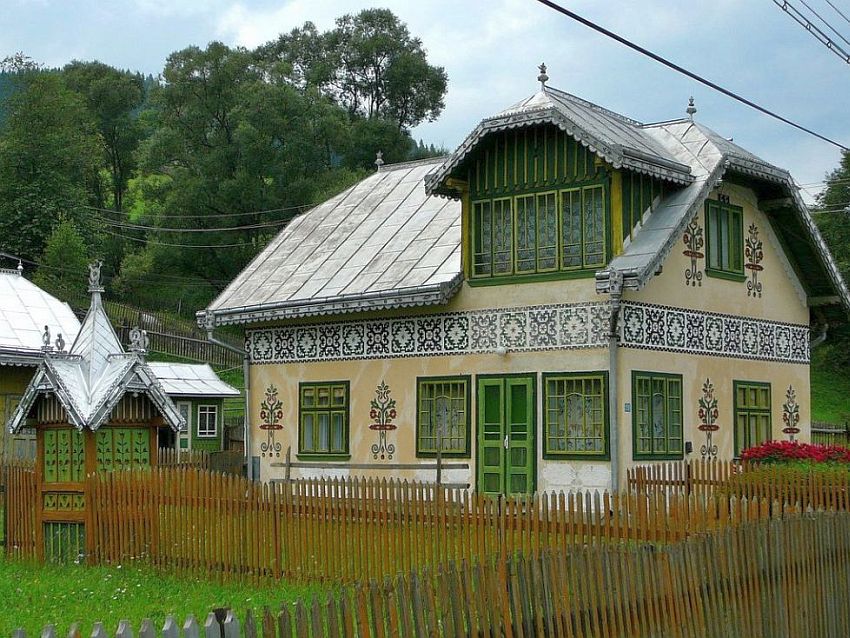
Sources: Obiective-turistice.com, Lataifas.ro
